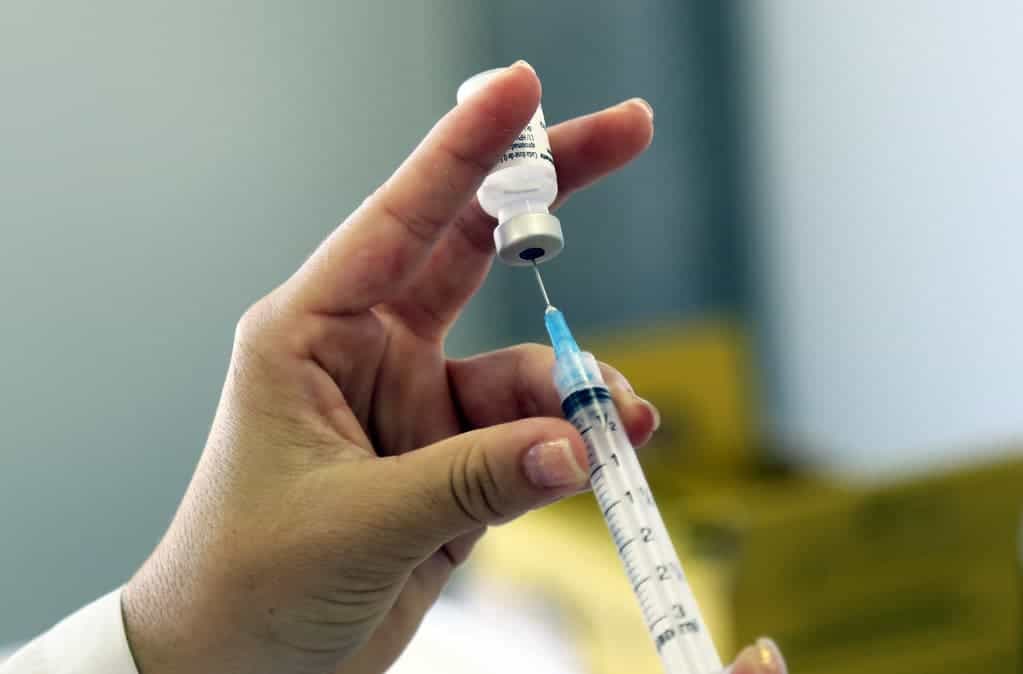Current vaccine mixes can protect for longer against more strains of HPV (human papillomavirus) than currently believed, according to new research. HPV is the most common sexually transmitted infection in the world, and it can cause cancer in women. Many countries around the world have thus set up vaccination programs in place against HPV.

Researchers at the German Cancer Research Center, Karolinska Institutet, and Tampere University report that our HPV vaccines are more effective than we assumed. Certain mixes of vaccine serum can immunize patients against strains other than those intended, as well, while also immunizing them for longer. While HPV infections can clear out on their own, they can become chronic and cause cancer in women.
The HPV family comprises more than 200 known strains, 13 of which are classified as high-risk (of causing cancer). Types 16 and 18 being the most threatening, causing around 70% of all cases of cervical cancer. Other strains can be more benign, with types 6 and 11, for example, causing harmless genital warts. Today, vaccines against HPV are bivalent (HPV types 16 and 18) or quadrivalent (HPV types 6, 11, 16, and 18).
The same but better
Over two studies, the researchers behind this discovery performed independent comparisons of direct and cross-protecting antibody responses, including for antibodies that protect against both vaccine HPV types and HPV types not covered by different national vaccine programs. Cross-protection refers to the mechanism by which vaccines against certain strains of HPV can immunize a patient from other strains as well, although we don’t yet have a clear idea of which vaccines these are or how reliably they can cross-immunize individuals.
The team followed 3,000 women from Finland who were vaccinated between 2002 and 2004 (they were all aged 16-17 at the time), monitoring the protection levels conferred by their (bi- and quadrivalent) vaccines over time. Samples of the serum used were also collected and held over 12 years following their use from the Finnish Maternity Cohort Biobank. The serological analyses included antibodies to 16 different HPV types.
After reviewing the numbers, the team found that women who received the quadrivalent vaccine have antibodies present in their bloodstream against the four targeted strains for up to 12 years. Those who received the bivalent serum had antibodies present in their blood for just as long, but only against two strains. However, for these latter ones, both the neutralizing and binding ability of their antibodies against HPV 16/18/31 were higher than those in women who had received the quadrivalent vaccine. This means that their antibodies were better at interacting with and preventing the virus from infecting cells.
“Our results on the correlation between vaccine efficacy and antibody positivity by HPV type explain why the bivalent HPV vaccine seems to give broader protection against different cancer-associated HPV types than previously known,” says Matti Lehtinen, a researcher at the Department of Laboratory Medicine, Karolinska Institutet, a co-author on both studies.
“The results also show that both quadrivalent and bivalent vaccines provide protection for a long time.”
The paper “Sustainability of neutralizing antibodies induced by bivalent or quadrivalent HPV vaccines and correlation with efficacy: a combined follow-up analysis of data from two randomized, double-blind, multicentre, phase 3 trials” has been published in the journal The Lancet.
The paper “Sustained Cross-reactive Antibody Responses After Human Papillomavirus Vaccinations: Up to 12 Years Follow-up in the Finnish Maternity Cohort” has been published in The Journal of Infectious Diseases.









